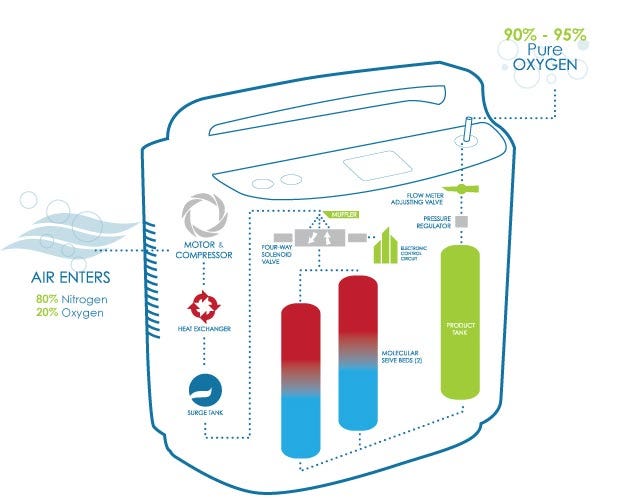
If you purchase, own or rent an oxygen concentrator, you might have technical questions or be curious to see the manual. User manuals can be a great resource for product information and trouble-shooting problems with your old machine or becoming accustomed to a new oxygen machine.
The Oxyen Concentrator Store website has manuals for oxygen concentrators, both portable and home, and is likely to have the manual and information that you are looking for.
Continue Reading

